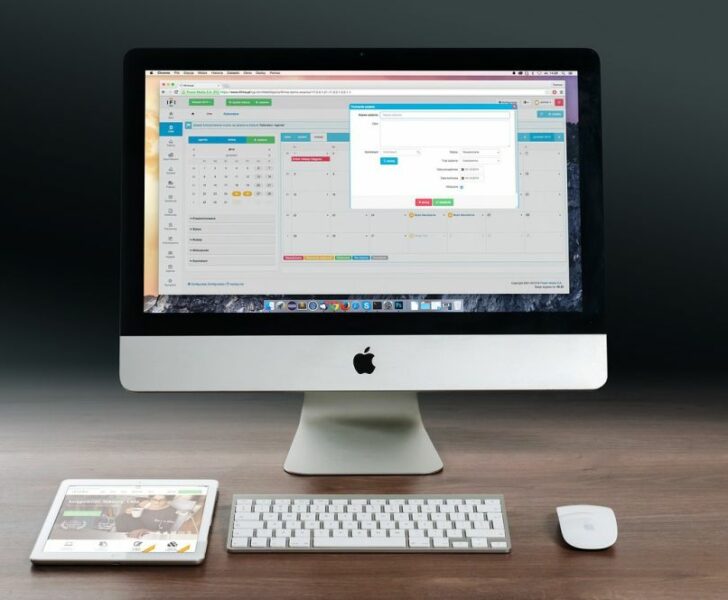USB-C Apple: The Future of Connectivity

Introduction: The Growing Importance of USB-C Apple
In today’s digital age, connectivity plays a crucial role in our daily lives. As Apple continues to innovate, the USB-C, or Universal Serial Bus Type-C, has emerged as a key component in their products. This article will provide a comprehensive overview of USB-C Apple, discussing its types, popularity, and quantitative measurements. Additionally, we will explore the differences between various USB-C Apple options and delve into their historical advantages and disadvantages.
1. An In-Depth Overview of USB-C Apple

USB-C Apple is a versatile connectivity standard designed to enhance the user experience across various devices. This compact yet powerful connector allows for fast data transfer rates, supports high-resolution displays, and enables charging capabilities. Unlike its predecessors, USB-C Apple is bidirectional, eliminating the need for specific orientations when plugging in. This revolutionary feature has led to its rapid adoption in the tech industry.
2. Comprehensive Presentation of USB-C Apple
USB-C Apple is available in different types, each with its specific features and compatibility. The most common types include USB-C Gen 1, USB-C Gen 2, and Thunderbolt 3. USB-C Gen 1 offers data transfer speeds of up to 5Gbps, making it suitable for everyday use. USB-C Gen 2 provides double the speed at 10Gbps and allows for the simultaneous display of 4K content. Thunderbolt 3, developed by Intel in collaboration with Apple, offers the fastest data transfer speeds at 40Gbps and can support dual 4K displays or a single 5K display.
3. Quantitative Measurements of USB-C Apple
USB-C Apple’s performance is quantitatively measured through data transfer rates, power delivery, and video output capabilities. The data transfer rates are classified into different generations, with each generation offering higher speeds than the previous one. Power delivery measurements are expressed in watts, with USB-C Apple supporting various power profiles to charge laptops, smartphones, and other devices. Video output capabilities include support for different resolutions, refresh rates, and multi-display setups.
4. Exploring the Differences Between USB-C Apple Options
Despite sharing the same connector type, USB-C Apple options differ in terms of data transfer speeds, power delivery, and video capabilities. Understanding these distinctions is crucial when selecting cables, adapters, and devices. For instance, USB-C Gen 1 cables may not support the same high-speed data transfer as USB-C Gen 2 or Thunderbolt 3 cables. Similarly, power delivery capabilities may vary, potentially affecting the charging speed of devices. Therefore, it is essential to consider these differences to ensure optimal performance.
5. A Historical Analysis of Advantages and Disadvantages of USB-C Apple
USB-C Apple has brought numerous advantages, such as improved convenience, faster transfer speeds, and versatile charging options. However, it is essential to discuss its historical disadvantages to gain a complete understanding. Initially, the transition from traditional USB ports to USB-C Apple caused compatibility issues, as users needed adapters to connect older devices. Additionally, the initial availability of reliable and certified USB-C Apple cables and accessories posed a challenge. Over time, these issues have been addressed, and USB-C Apple has become the industry standard.
Conclusion: Embracing the Future of Connectivity with USB-C Apple
USB-C Apple represents a paradigm shift in connectivity, offering versatility, speed, and convenience. With its widespread adoption across Apple’s product line, users can experience enhanced data transfer, power delivery, and video output capabilities. By understanding the different types of USB-C Apple, their quantitative measurements, and historical advantages and disadvantages, users can harness the full potential of this transformative technology.
[INSERT VIDEO HERE]
Through ongoing innovations, USB-C Apple continues to shape the future of connectivity, serving as the backbone of Apple’s ecosystem. Stay connected, stay productive, and embrace the remarkable capabilities that USB-C Apple offers.











